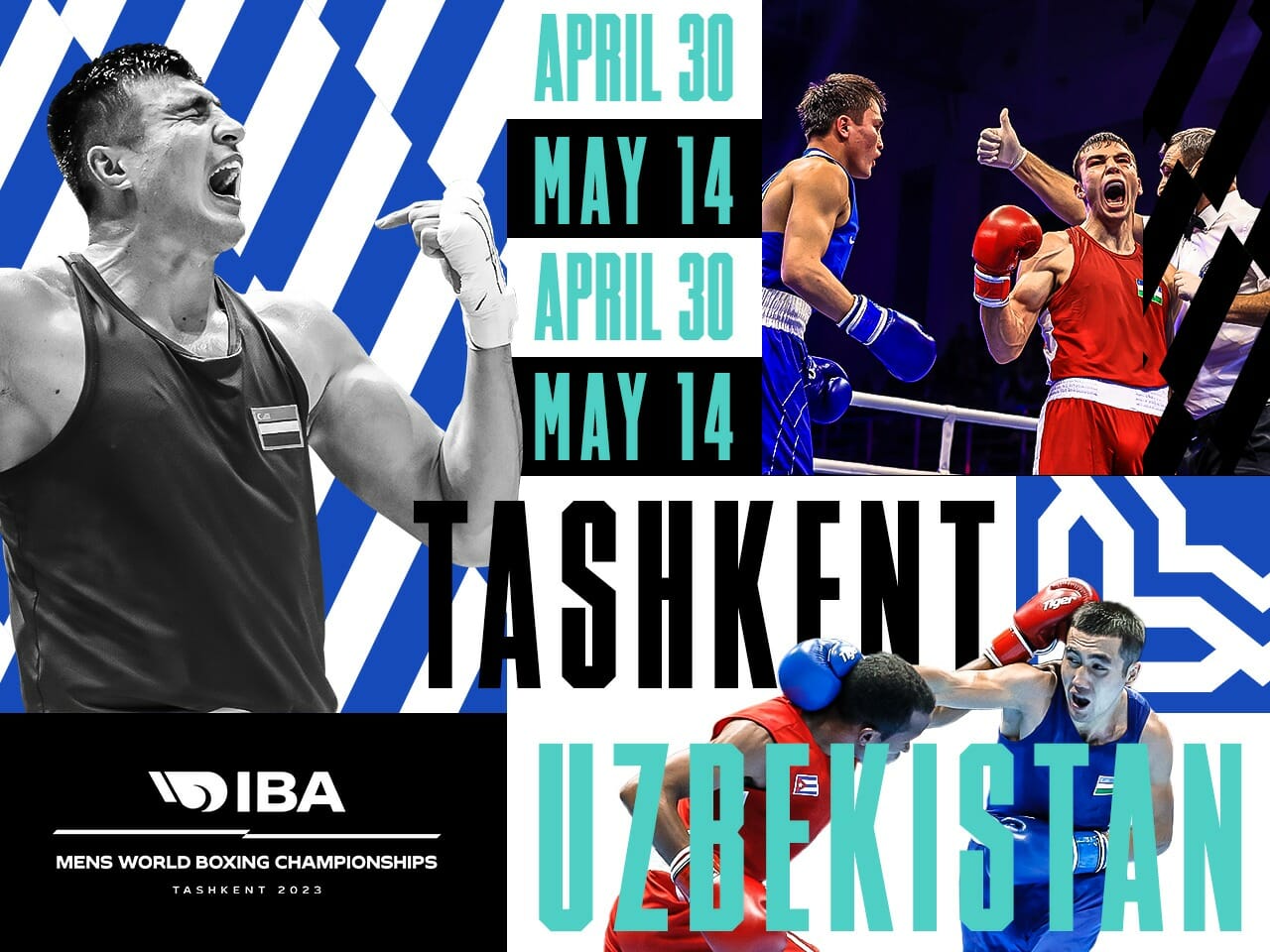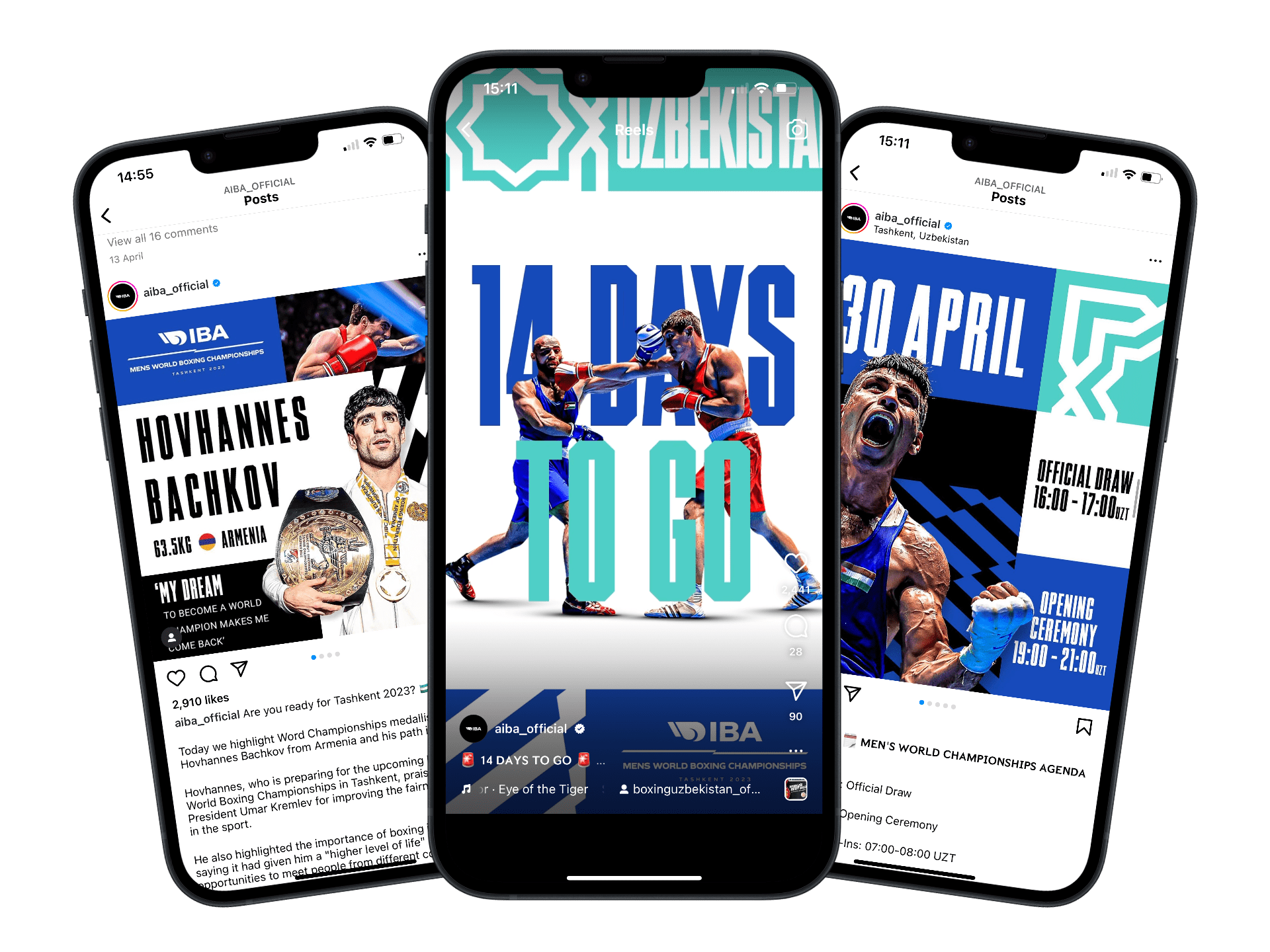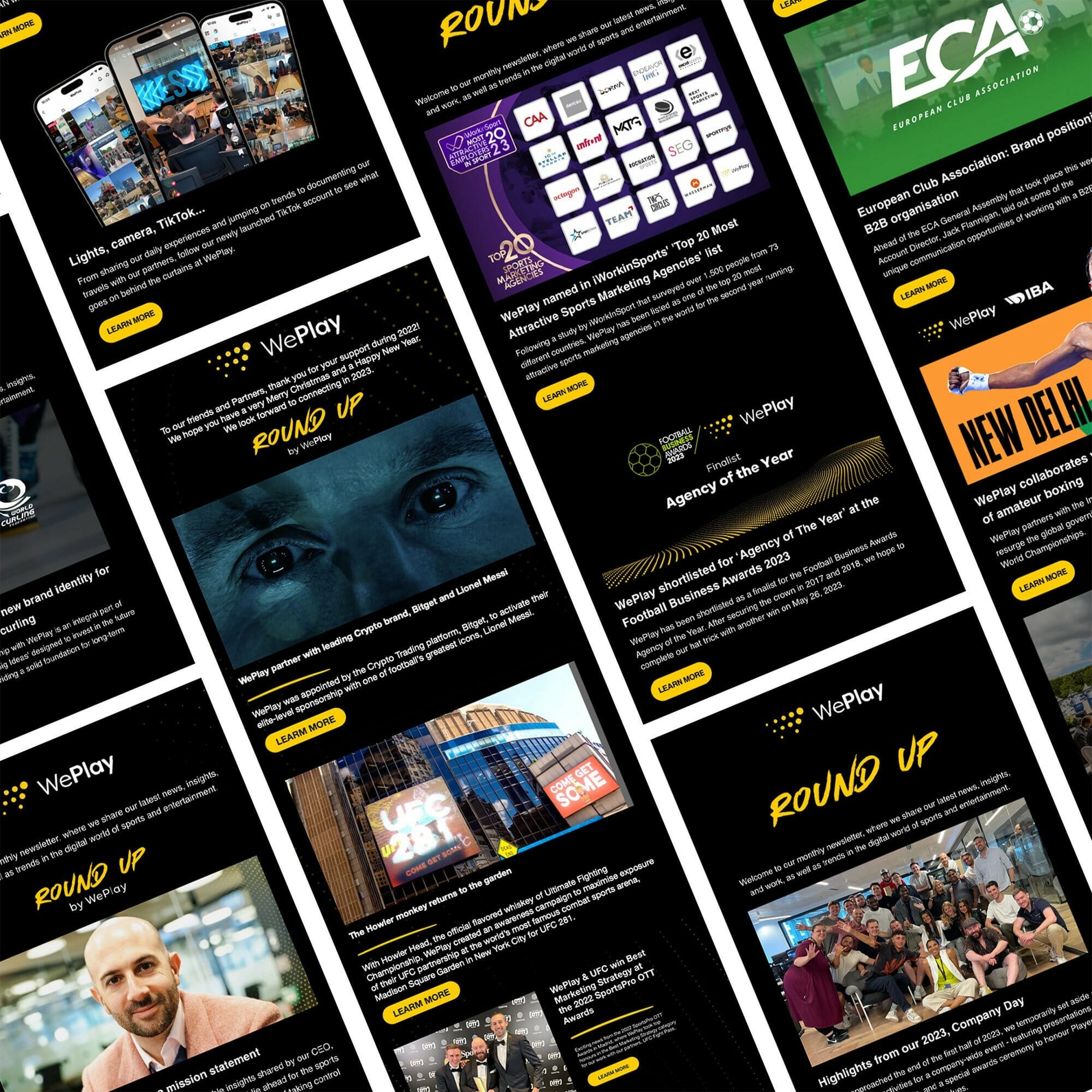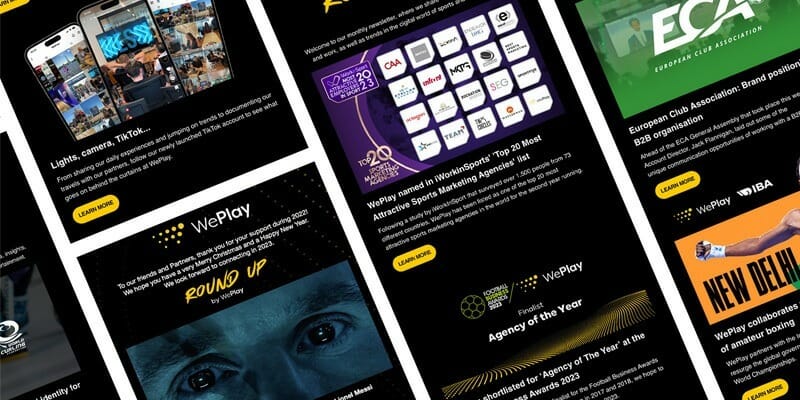
Packing a punch: how WePlay’s brand strategy is shaping future of International Boxing Association
The new brand strategy can deliver more than a fresh look. It is a statement of intent.
This year, WePlay was appointed to develop a new brand strategy and visually dynamic identity for the International Boxing Association, just in time for a momentous year.
In March, the International Boxing Association (IBA) Women’s World Boxing Championships took place in New Delhi, India and the Men’s World Boxing Championships are currently underway in Tashkent, Uzbekistan.
The IBA has set itself a long-term goal to be regarded as the global home of boxing – not just on the amateur side of the sport but, eventually, on the professional side too. It was important to develop a brand strategy that could evolve to match that ambition, as part of our remit to grow the commercial viability of boxing and the value of its biggest events.
In the immediate term, ahead of those two championships, these assets also needed to be flexible so they could be repurposed by different hosts and partners.
Our initial work on the event branding centred on that long-term vision for the IBA. We spent a long time thinking of how to capture that.
We held various workshops, referenced client research and developed our own intelligence. From there, we really tried to identify what the key positioning elements are for this brand and where we would want to focus.
One important insight was that the draw of the individual could unlock boxing’s heritage. In every sport, there are fans who follow stars as much as competitions or teams, and the stories of great fighters gave us a meaningful starting point.
Some true boxing legends – from Lennox Lewis to Roy Jones Jr, Oscar De La Hoya and Katie Taylor – have come through global amateur events in the past few decades. These are athletes with a hall of fame pedigree, and those competing in this year’s championships hope to be on a path to emulate them.
The tournament format for the world championships allows you to combine the stories of these young prospects. You could be looking at the birth of legends or watching future styles of boxing emerge, and every fight is a big night.
This all gave us plenty to play with in terms of the brand positioning, moving towards something more emotional and compelling and away from the corporate, sterile or functional aesthetics that can sometimes define sports federations.
Impact and usability
With the change that we were bringing to the IBA identity, it was essential to have a framework that ensured consistency but allowed for regional variation.
The two global events happening in 2023 have distinctive host nations. There were some quick wins we could seize on in developing collateral for each: a lot of visuals, for example, will feature local hopefuls for the major titles.
At the same time, we have tried to incorporate geographical tones and colours from each host into the event branding, whether from the flag or parts of the national visual language. For example, for the IBA Women’s World Championships in New Delhi, the branding made use of bright colours and burnt orange, evoking Indian sunsets and the vibrancy of local culture. We referenced the lotus flower and other Indian iconography.
We took a similar approach for the Men’s World Championships in Tashkent, while still ensuring that the branding remained bold, dynamic, and disruptive. In both cases, these flourishes interacted with the new brand while reflecting the local character.
Throughout this process, we have held workshops with internal IBA stakeholders and the local organising committees, or LOCs. It was vital for us to respond to their specific needs and to make sure they felt involved in that brand development. Their feedback was highly valued.
Meanwhile, there were technical details that those sessions fed into. Most notably, there are materials for the New Delhi event that will be produced in Hindi, and for the Tashkent championships that will be released in Uzbek, the official language of Uzbekistan. That will introduce typefaces and layouts that must be properly accommodated.
Similarly, the new branding had to make room to integrate IBA partners. A key sponsor is an Australian apparel brand called Sting, which is providing all the headguards and gloves for IBA events, as well as a signature blue canvas.
An effective design would need to be capable of folding Sting’s marks into the wider IBA identity. The cleanest way of doing this is by having official sponsor ‘lockups’ and adaptations that let the two brands sit alongside each other.
This was a crucial deliverable: we had to represent those collaborations and support them visually.
We built templates to position primary and secondary partnerships and sponsorships. It was not a case of trying to adapt five or six different sponsors within our plans but of finding a unified way to integrate partners that complements the master brand.
Measuring success of the brand strategy
This is a project with bold ambitions. We want the new brand to make noise and we want it to go against the grain.
In our past experiences, we have found that any break from the norm can meet opposition, especially from traditionalists or people who are more comfortable with the status quo. That resistance is natural so when developing a new identity, you want to get everyone on the same page.
In this case, the IBA has been pulling in our direction. There is an appetite for disruption and for things to be done differently, and they have been very supportive in that respect.
At the same time, across all sports, there are audiences that are growing and maturing. Across many entertainment sectors, businesses want to refresh their followings and attract a younger demographic. That is part of the reason why the brand strategy has been sculpted in this way but you must also appreciate that it is entering a noisy, busy space.
That goes for boxing in particular – a saturated sport with lots of different belts and world titles, acronyms and channels. It also goes for combat sports and the sports market more generally. There is a lot of competition for attention for new and existing fans. You need to be visible amidst all of that, with a brand that looks different, feels different and is easy to grasp.
The performance of that brand will be measured in a few ways. Primarily, it will come back to engagement: you want the new identity to register with people, grow social media followers and get fans talking about the organisation and its championships.
With several key events to come throughout the year, there will be more developmental milestones ahead.
That, in turn, can bring its own endorsement in the form of commercial growth for the IBA. If this new identity can sustain greater marketing reach, becoming a magnet for bigger sponsorships and driving new revenues, it will be fulfilling its intention.
Ultimately, that will help the IBA progress towards its real purpose: moving towards the heart of its sport.
Find out more about our work with the International Boxing Association here.



